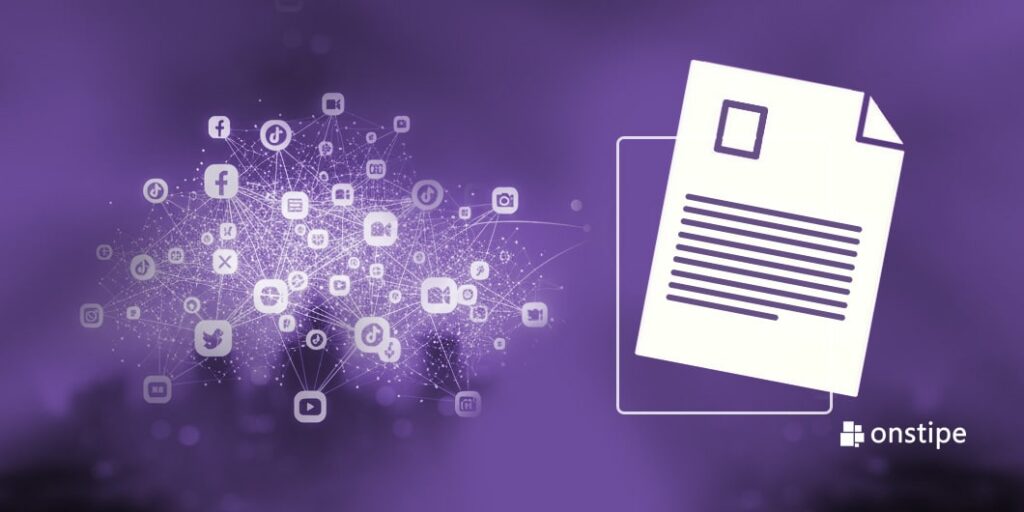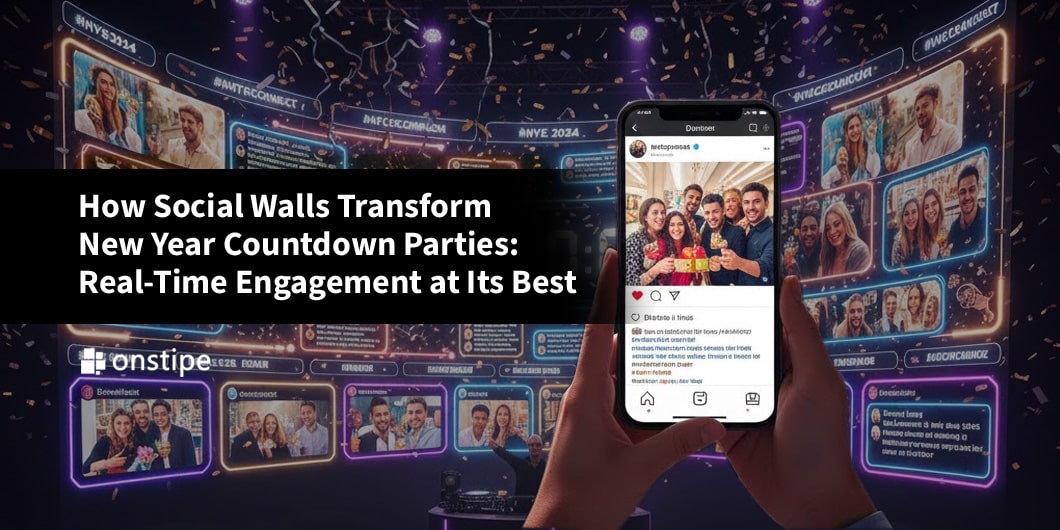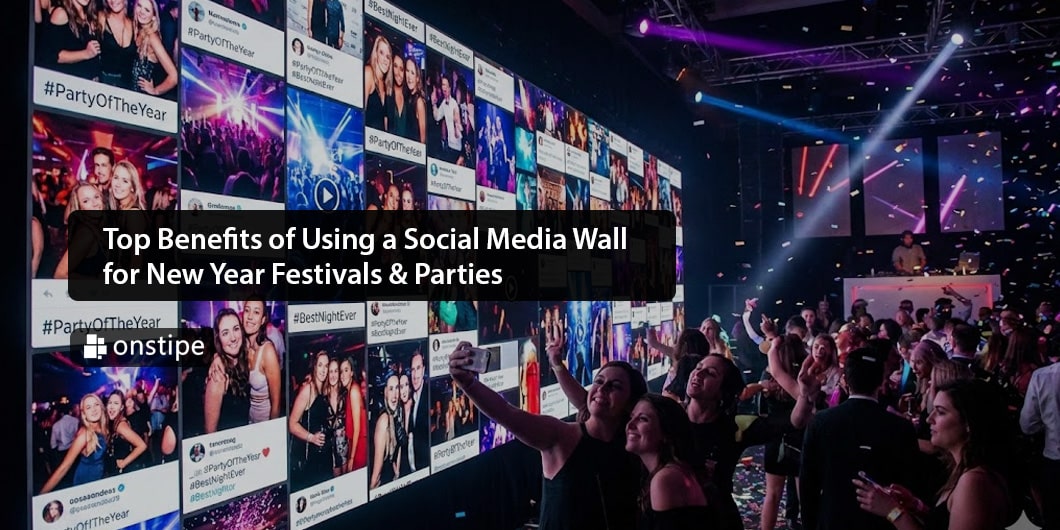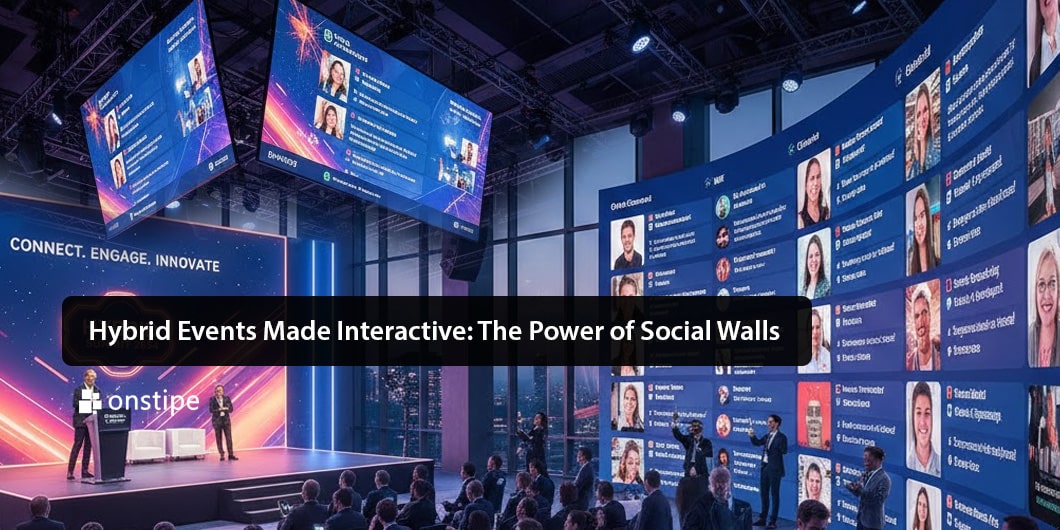In today’s digital-first world, social media isn’t just about sharing memes or short updates. For businesses, student creators, influencers, and even educators, it has become the backbone of growth, visibility, and credibility. But with millions of posts being published every minute, one challenge keeps surfacing: originality. When every brand is trying to ride the same trend, staying unique can be difficult.
The truth is, plagiarism isn’t limited to essays or research papers anymore. Social media content – captions, blogs, videos, even hashtags – can get flagged for duplication. And in a space where credibility is everything, being called out for copying can seriously damage reputation.
That’s why adding tools like a plagiarism checker to your workflow is becoming essential. They don’t just help students writing essays; they’re becoming must-have tech for marketers, agencies, and creators who want to ensure their voice stays authentic. When originality becomes the currency of trust online, plagiarism tools are no longer optional – they’re vital.
Why Originality Matters in Social Media
Social media algorithms are designed to reward originality. Platforms like Instagram, LinkedIn, and TikTok push fresh, unique content higher up in feeds. If your post resembles something else – even unintentionally – it risks being buried or ignored.
For students building personal brands, startups promoting eco-friendly products, or established companies running ad campaigns, originality directly impacts reach and engagement. It’s not just about avoiding embarrassment; it’s about protecting growth.

Where Plagiarism Slips into Marketing
Plagiarism in social media isn’t always deliberate. It often sneaks in through shortcuts or missteps. Here’s how it shows up:
- Trending hashtags and slogans. Teams reuse the same catchphrases without proper attribution.
- Curated content. Sharing “inspiration” that crosses the line into direct copying.
- AI-generated text. Relying too heavily on tools without checking for overlap.
As Annie Lambert, who collaborates with an essay writing service EssayPro, explains: “Marketers face the same challenge students do – balancing efficiency with authenticity. The difference is, in marketing, losing credibility has a direct cost in sales and brand trust.”
Academic Tools Entering the Marketing World
Interestingly, plagiarism tools first built for classrooms are now being adopted by businesses. For example, companies use them to check blog posts, press releases, and social media captions before they go live.
This crossover highlights how interconnected education and business have become. Just like a student avoids penalties by keeping their essay unique, brands avoid backlash – and sometimes legal trouble – by making sure content isn’t recycled.
The Numbers Behind the Need
Recent research conducted by digital marketing surveys reveals:
- 58% of marketers admit reusing phrases or posts from competitors without realizing it.
- 42% of businesses report at least one incident of social backlash due to duplicate content.
- Brands that monitor originality grow 21% faster than those that don’t.
These statistics underline why plagiarism tools are no longer just “student helpers.” They’re serious marketing investments.
Impact of Originality on Social Media Growth
| Factor | With Originality | With Plagiarism Issues |
| Audience Engagement | High (60%+) | Low (20-25%) |
| Algorithm Boost | Strong | Weak |
| Brand Credibility | Trusted | Questioned |
| Growth Rate (yearly) | 15-21% | 5-8% |
Protecting Strategy with Tech
So, how exactly do plagiarism tools help marketing strategies stay safe and effective?
- Content Verification. Before publishing, teams run drafts through plagiarism software to confirm originality.
- Legal Protection. Avoid copyright disputes by ensuring slogans, taglines, or captions aren’t copied.
- Creative Benchmarking. Check if ideas are truly new or already saturated in the digital space.
This mirrors how students use assignment help or essay tools to improve their academic work. Both worlds rely on structured, reliable systems to avoid risk.
Case Studies in Action
Student Startups
Many student-led ventures now leverage plagiarism detection before pushing campaigns. One eco-technology club at a Canadian university reported that using originality tools saved them from duplicating sustainability taglines used by a global competitor.
Small Businesses
A bakery in Europe running ads on Facebook used plagiarism checkers to test their slogans. They found a competitor in another region using nearly identical lines, which allowed them to adjust before facing potential disputes.
Common Risks Without Plagiarism Tools
| Risk | Example Case | Outcome |
| Reputation Loss | Startup copying a global brand slogan | Backlash on Twitter |
| Lower Engagement | Generic captions reused | Posts ignored by audience |
| Legal Trouble | Duplicate ad text flagged | Cease-and-desist order issued |
Practical Tips for Students and Marketers
Whether you’re managing a student club’s Instagram or running a small business page, here’s how to keep content fresh:
- Run drafts through originality tools before posting.
- Add your voice to trending topics instead of copying.
- Credit sources when sharing data or quotes.
- Blend visuals with text to create unique storytelling.
Growth Strategy: Pairing Tech with Human Creativity
Plagiarism checkers are powerful, but they’re not replacements for creativity. They’re safety nets. The real magic happens when students and marketers combine these tools with their own imagination.
Think of them as referees in sports – ensuring fair play while the athletes (or creators) bring their unique skills to the game.
Possible Downsides of Over-Reliance
Like any tool, plagiarism software has limits. False positives can occur, especially with common phrases or popular hashtags. Over-reliance can also stifle creativity if creators obsess over every single match percentage.
That’s why balance is key. Use tech as support, not as the sole driver of originality.
How Students Benefit Beyond Classrooms
For students aspiring to careers in marketing, journalism, or public relations, learning to use plagiarism tools early builds professional discipline. Just as essays teach structure, originality checks teach responsibility in communication.
In fact, one survey found that 73% of employers in communication-heavy industries value candidates who demonstrate strong awareness of digital ethics.
Final Thoughts
Originality is the backbone of modern social media growth strategies. Without it, brands risk irrelevance, students risk academic penalties, and influencers risk losing trust. But with plagiarism tools, content can remain authentic, credible, and effective.
Plagiarism isn’t just an academic concern – it’s a universal one. From students submitting essays to businesses planning their next Instagram campaign, originality defines success. And while tools like EssayPro’s plagiarism checker are often associated with classrooms, they’re quickly becoming must-haves in the marketing world too.
The takeaway? Protect your voice, safeguard your strategy, and let creativity lead – supported by technology that ensures you always stay original.







